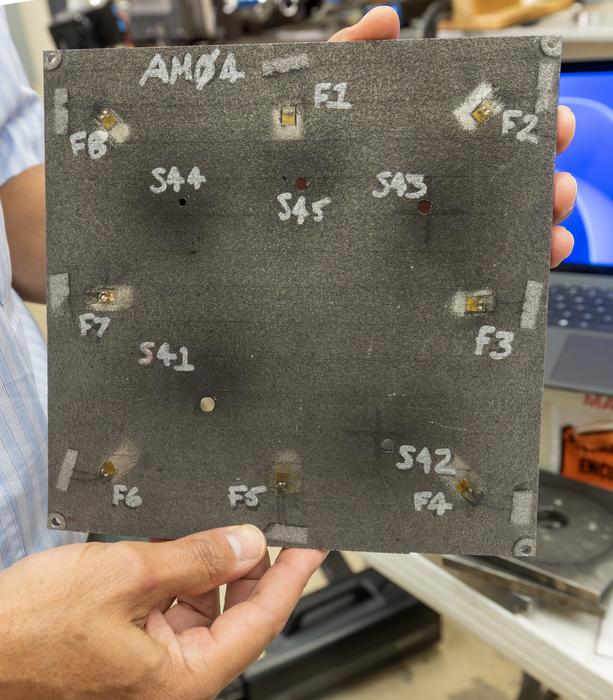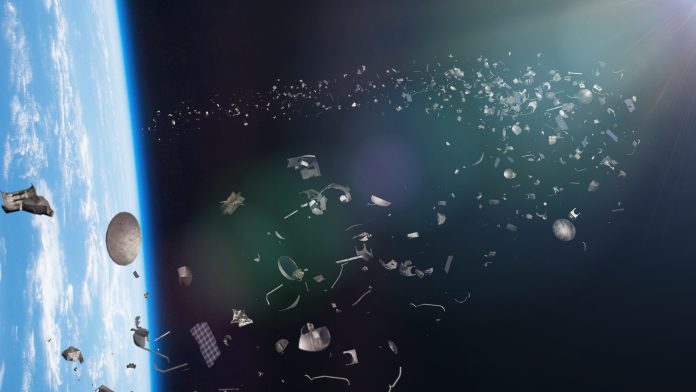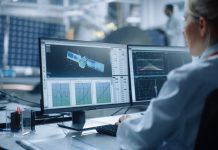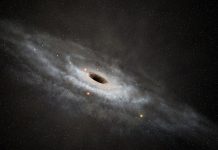Tackling space debris and safety: The Southwest Research Institute (SwRI) has developed an innovative system to detect and characterise orbital debris.
This technology offers crucial information on the growing junk field around Earth
In a significant step toward addressing the growing threat of space junk, the Southwest Research Institute (SwRI) has announced the development and successful testing of a novel micrometeoroid and orbital debris (MMOD) detection and characterisation system.
This technology is designed to be integrated into satellites and other spacecraft, providing a critical new layer of defence and data collection in Earth’s increasingly crowded orbital environment.
The MMOD system acts as a sophisticated “black box” for spacecraft, detecting impacts and gathering crucial post-impact data. It is composed of a structural panel embedded with sensors that work in conjunction with advanced software to analyse impact events. This allows for the immediate identification of a collision, even if the damage is too subtle to be noticed by operators on Earth. The data collected can provide a wealth of information, including the time and location of the impact, as well as the speed and composition of the debris involved.

Credit© Southwest Research Institute
The rising threat of space debris
The development comes at a time when space debris is an escalating concern for the global space industry. The problem, caused by defunct satellites, rocket stages, and fragmentation events, creates a “junk field” of particles orbiting at extreme velocities. These pieces of debris, even those as small as a fleck of paint, can cause catastrophic damage to operational spacecraft and satellites. Traditional ground-based tracking systems are often unable to detect these smaller, yet highly dangerous, particles.
“Most spacecraft survive minor impacts without systems breaking or operators on Earth knowing,” said Dr. Sidney Chocron, a SwRI Institute Scientist who led the development of the MMOD system. “Our device is designed to send data back to Earth with important insights before any damage is apparent, which can also influence future design decisions.”
Testing in a hypervelocity environment
To prove the system’s effectiveness, SwRI used its specialised light gas gun facility to simulate the intense conditions of space. This powerful tool fired small projectiles at panels equipped with the MMOD detection system, replicating the hypervelocity impacts of real space debris. The results of these tests, detailed in a recent peer-reviewed study, demonstrate the system’s ability to accurately detect and characterise impacts under realistic conditions.
According to Dr. Chocron, these tests are vital for not only validating the new technology but also for informing the design of future spacecraft. The data gathered from the system could help engineers build more resilient satellites capable of withstanding the rigors of the orbital environment.
Toward a safer future in orbit
While the system does not actively help a spacecraft avoid a collision, the data it provides could have a far-reaching impact. Information about a strike could be used to alert other satellites in the same orbital path, potentially allowing them to manoeuvre out of harm’s way.
With the successful testing complete, SwRI is now seeking funding for a flight-ready version of the MMOD detection system. The ultimate goal is to create a network of these sensors to map and characterise the entire orbital debris field around Earth, providing an unprecedented level of insight into a critical environmental issue.
This project marks a significant step toward better understanding and mitigating the risks that threaten both current and future space missions.











